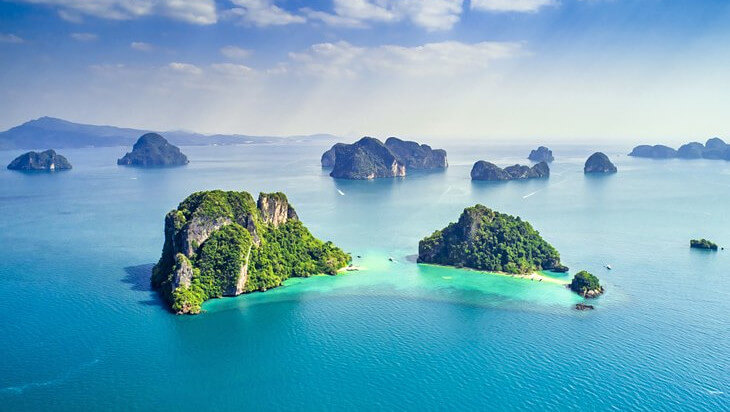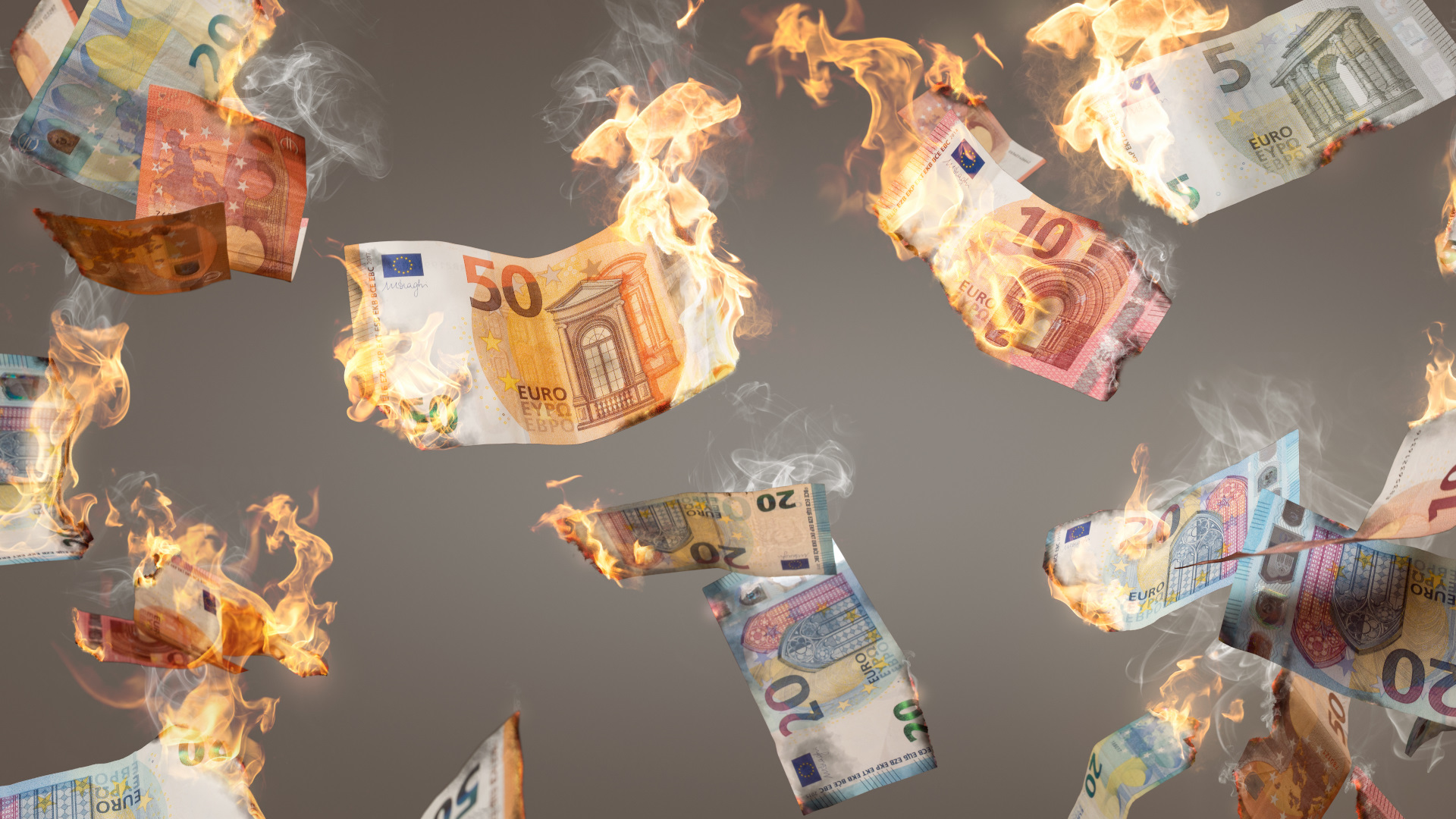
Thailand’s economy is reliant on international tourism, a once-flourishing sector that has been impacted by pandemic restrictions.
NB: This is an article from McKinsey & Co.
But there have been continual government efforts to boost domestic travel, and measures to support returning international demand after Thailand began reopening to vaccinated international travelers from 63 countries on November 1, 2021.1 Even as the world addresses emerging variants of the virus, Thailand’s lessons can act as a guide for other tourism-dependent countries facing similar dilemmas as they prepare for the resurgence of international travel.
Subscribe to our weekly newsletter and stay up to date
A heavy blow, adjustments needed to support recovery
In 2019, Thailand ranked eighth globally in international tourist arrivals, with China being a key source market.2 Thailand recorded a high of 40 million visitors in 2019, with the top three spending categories for inbound visitors that year being in accommodation (28 percent), shopping (24 percent of spending), and food and beverages (21 percent).3 Furthermore, the Thai tourism sector created 36 million jobs between 2014 and 2019.4
Unfortunately, the pandemic and related restrictions have hit travel particularly hard, as international travel plunged. Passengers on international flights to Thailand dropped by 95 percent in September 2021, compared to the previous year. Hotels, in turn, only filled 9 percent of their rooms (Exhibit 1).

This decline in visitors had an outsize impact on tourism spending, as international travelers spent significantly more than their local counterparts (Exhibit 2). For instance, in 2019, international travelers made up 33 percent of overall travelers in Thailand yet accounted for almost 60 percent of all tourism spending—international tourists spent $1,543 per traveler on average, compared to $152 by domestic travelers.5 This drop in expenditure undoubtedly caused a ripple effect on Thailand’s food and beverage retail industries, which include 1.2 million small and medium-size enterprises (SMEs).6

Recovery appears to be on the horizon for Thailand. Assuming virus recurrence, slow long-term growth, muted world recovery, and minimal changes to global tourism strategies, Thailand’s tourism sector could only recover to pre-crisis levels by 2024.
Given that Thailand’s GDP relies significantly on foreign tourism income, the domestic tourism market alone is not sufficient to bring the nation’s tourism revenue back to 2019 figures; the sector’s recovery would depend on a resurgence in international travel (Exhibit 3). Globally, this recovery scenario would likely reshape the landscape of the world’s travel industry and create a strong imperative for both the public and private sectors to act to ensure the industry’s survival.




